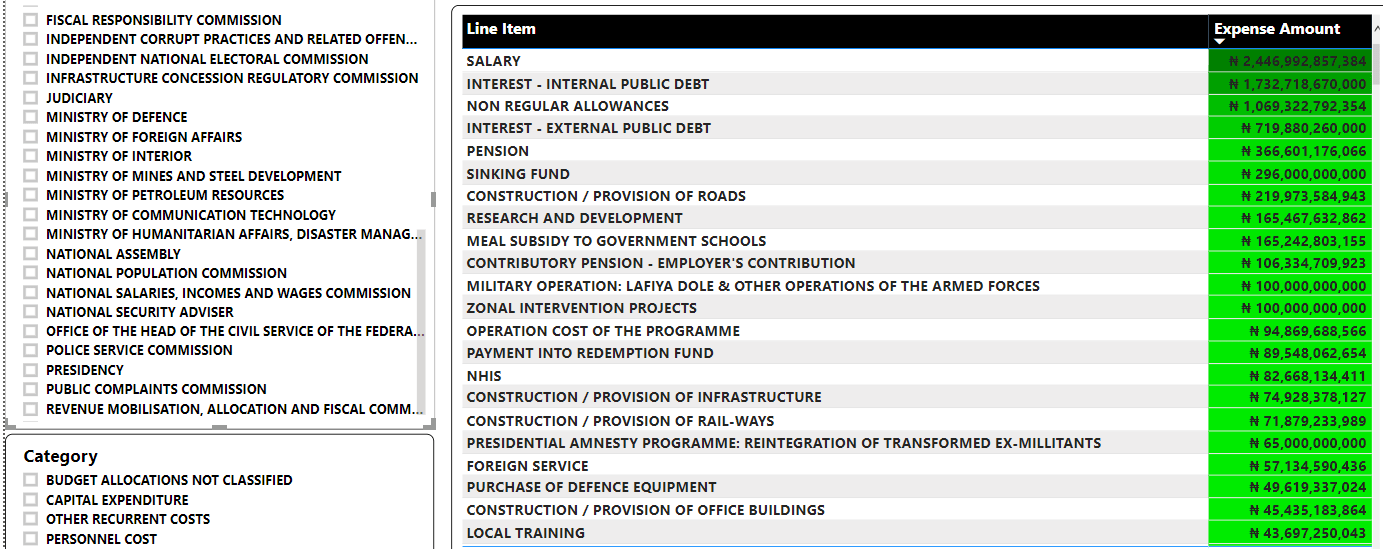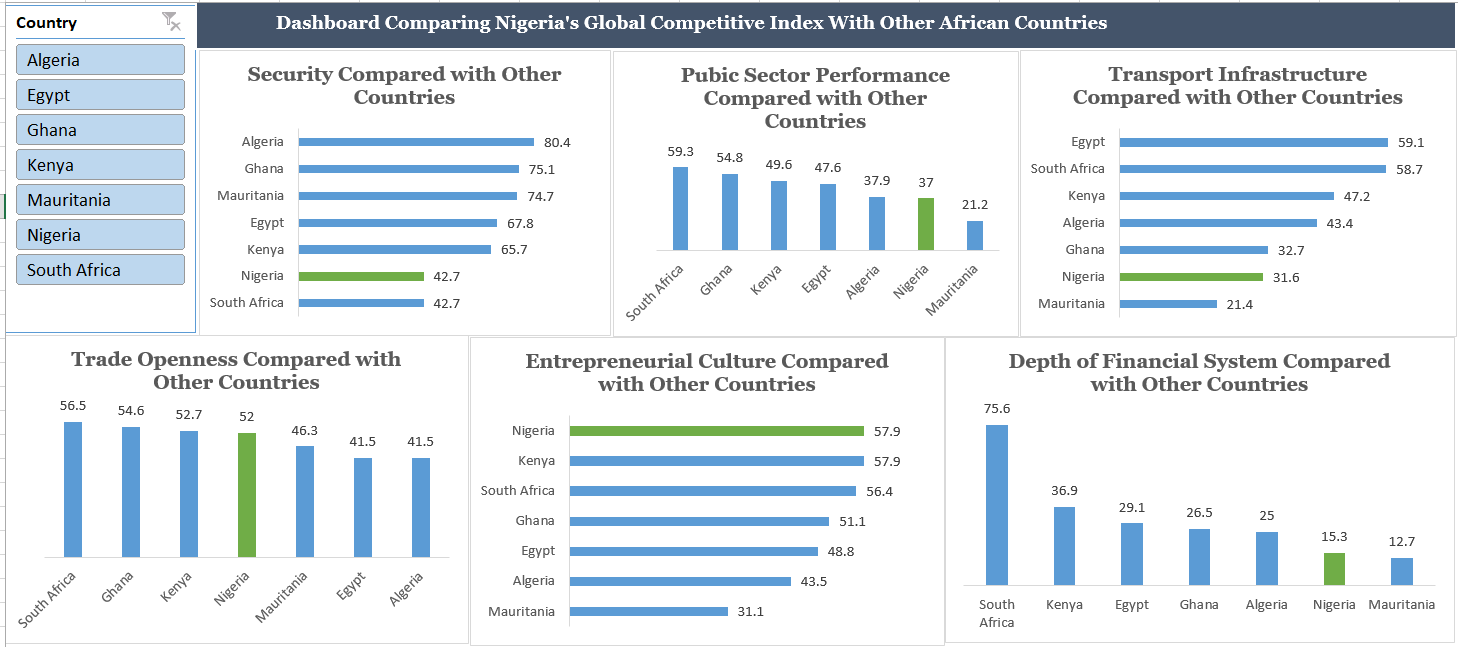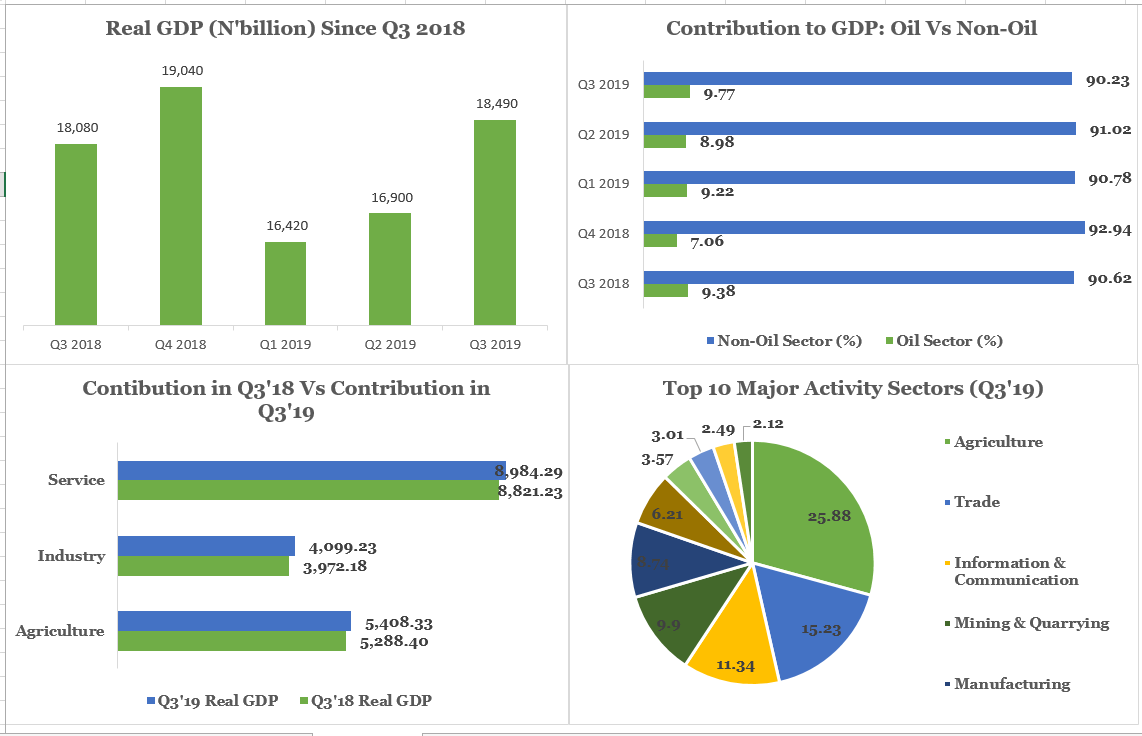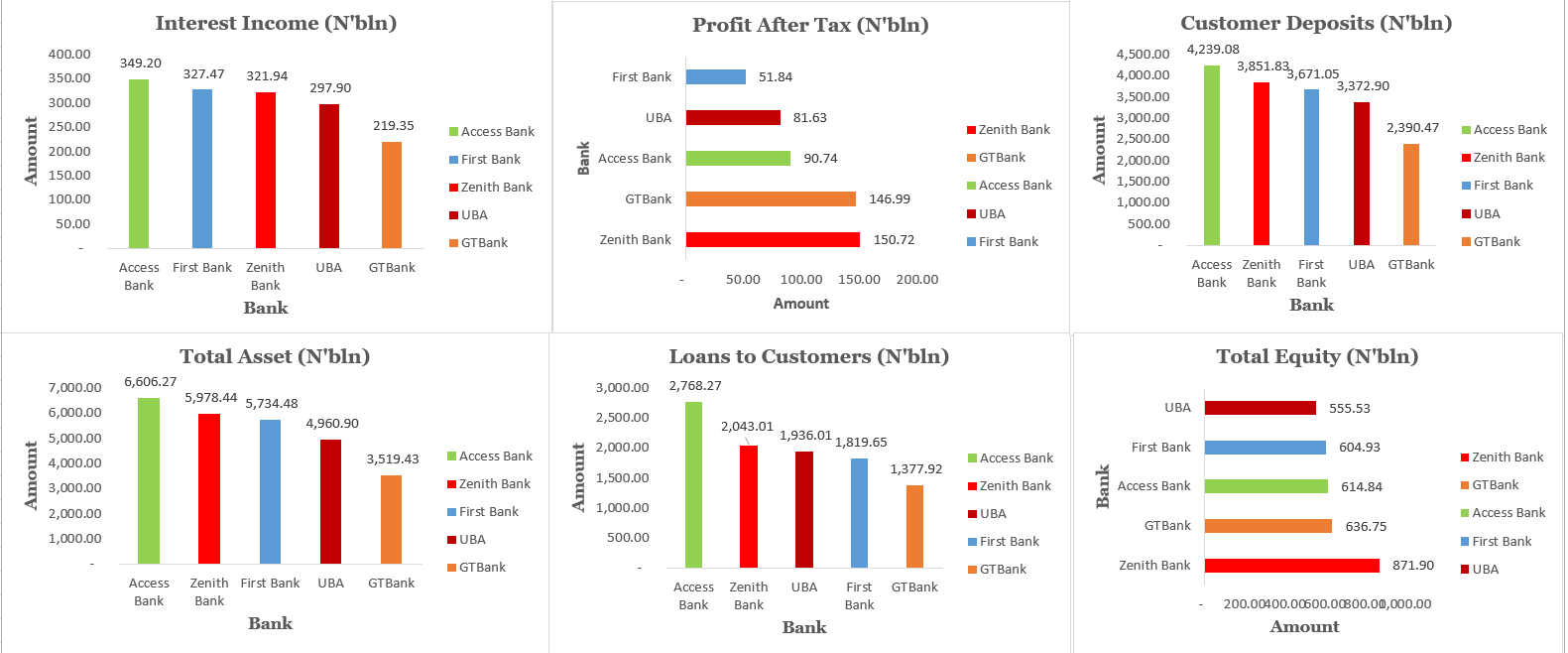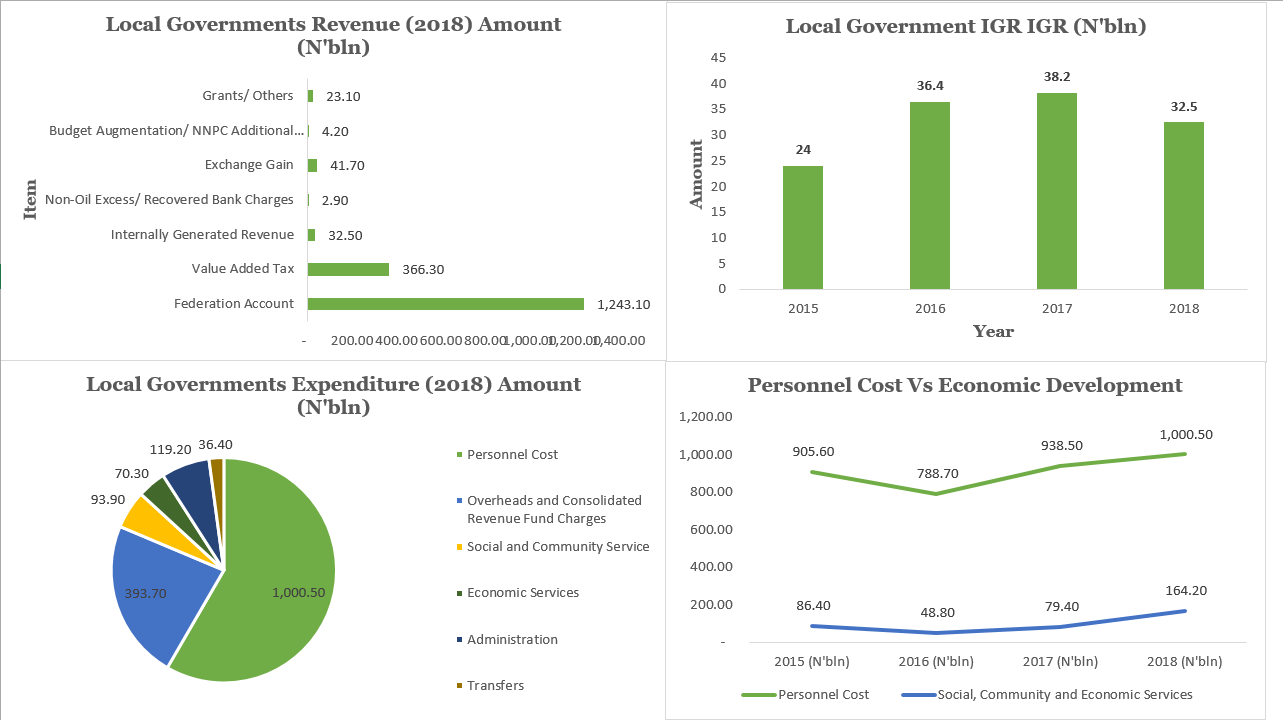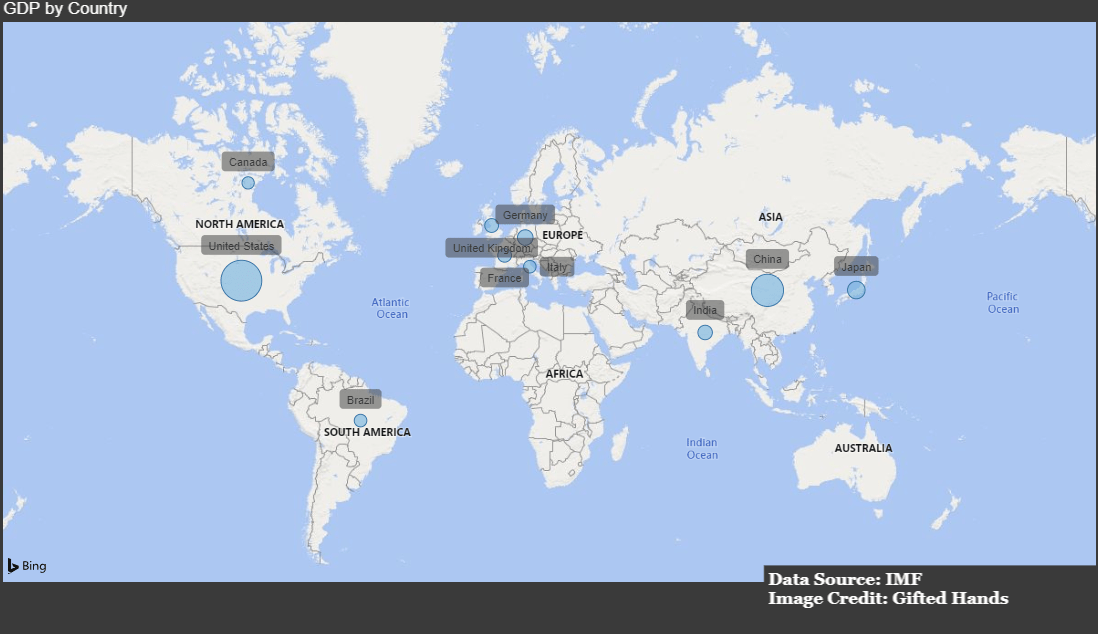Demystifying Nigeria’s Conscious Attempt to Keep a Low Debt Profile as Debt Servicing Becomes Worrisome
This research compares the Nigeria’s debt figures with global thresholds as well as with the key debt management framework of the Debt Management Office so as to know the debt path of the country going forward.

